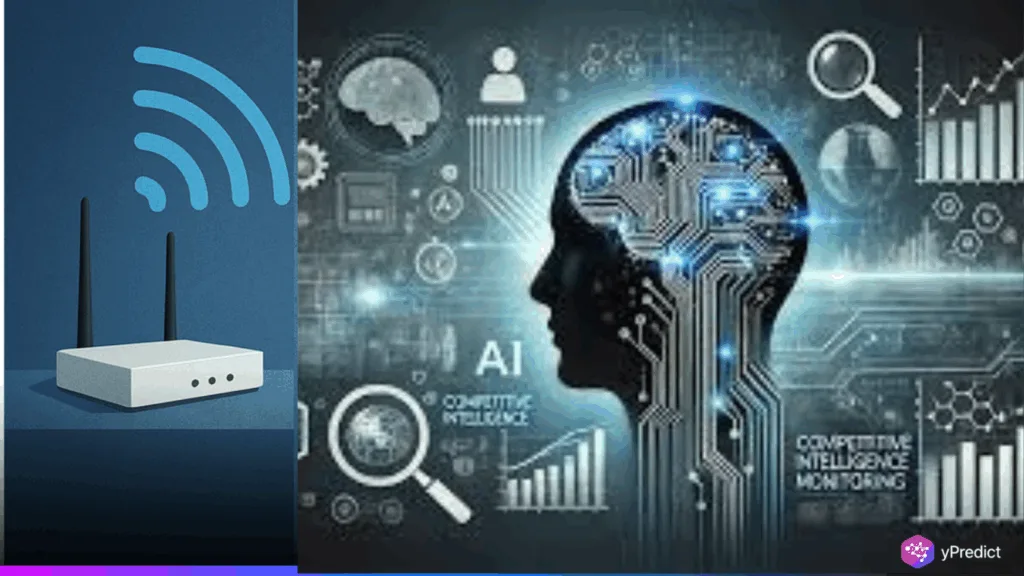
The rapid development of artificial intelligence expands what common devices can do. A recent test showed that Wi-Fi routers, which already dominate the household and office environment, could become efficient monitoring devices. Using AI-based systems, specifically deep neural networks trained to understand radio signal data, these routers can identify human presence and even approximate 3D human poses behind the walls. This innovation presents the nature of how non-specialized cell signals are transforming security, safety, and monitoring, and, at the same time, igniting controversies over privacy.
AI-Powered Pose Estimation Through Wi-Fi
The principle behind the innovation is the fact that radio frequency signals pass through barriers and bounce off living persons. Researchers experimented with the idea of detecting motion and presence using Wi-Fi decades ago, but recent improvements in machine learning have introduced new levels to it. When trained on visual data and wireless signals, existing AI models are able to interpret such reflections in order to produce contours of humans in a three-dimensional context. This is unlike the cameras because these systems do not need to be directly in the line of sight to work, thus making a very covert form of utility.
Demonstrations show how routers allow tracking people through the walls with amazing accuracy and how their posture and movements are detected. The ability has potential in applications like eldercare, search-and-rescue, or even smart home automation. This monitoring without installing visible cameras could change the field of security systems and tools of emergency responses. Meanwhile, a wider paradigm shift in the field of AI includes the technical breakthrough of making AI intelligent by building it into the same hardware to use it in ways for which developers did not originally design it.
Privacy and Legal Implications of Invisible Surveillance
The ability to extend Wi-Fi into unseeable surveillance is technically remarkable, but a problematic one ethically. Routers never appear visibly as data collectors compared to traditional cameras, making it hard to detect an individual when he or she is under surveillance. This prompts questions such as consent, since the employers or occupants of homes do not know when they are tracking their aspects. The current state of legal frameworks is lagging: any existing law (such as the GDPR in Europe or local surveillance legislatures) only targets visible ways of collecting information, like through cameras and microphones.
Radio frequency mapping exists somewhere in a grey zone and can be abused in a household, a company, or even by a government. The fact that AI can analyze and isolate human beings in objects only compounds the issue with the rise in the possibility of conscious optimization to surveil human beings. Without new regulation and policing, the highways of internet traffic may become a means of pervasive spying. This creates blurry boundaries between innovative features meant to promote safety and infringement of personal privacy, which shows the need forinnovative regulation as well.
Striking a Balance Between Innovation and Privacy
The conversion of Wi-Fi routers into spyware devices explores the potential and the dangers of the current AI. On the one hand, these innovations can dramatically increase safety in estimating the presence of people behind objects during emergencies by minimizing the use of obtrusive camera installations and by aiding in novel health care and automation applications. On the other hand, people can use the very same technology to debilitate the sanctity of privacy even in the topographic territories of their living quarters, where they view the routers as innocuous.






